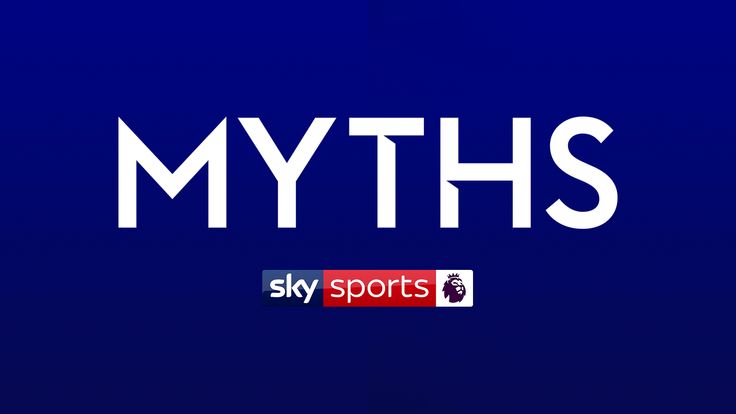
Monday 24 July 2017 10:40, UK
They often say that if you don't shoot, you don't score - but do more shots mean more goals? We've checked the data to bust the myth...
Technically, the saying has already been disproved. Watford and Crystal Palace both registered winning goals without hitting a single shot on target last season.
The Hornets beat Hull in October last year through a Michael Dawson own goal and, in turn, Crystal Palace inflicted the same fate upon Watford after Troy Deeney put the ball into his own net in March this year.
At the other end of the scale, Liverpool took 17 shots on target during their 6-1 win against Watford in November last year - more than any other game over the last three seasons.
But the Reds were also held 2-2 at Sunderland in January after hitting 15 strikes on target at Vito Mannone's goal - a league high over the last three seasons for a non-winning side.
However, perhaps unsurprisingly, more shots on target do translate to more goals on average.
Last season, a remarkable 40.82 per cent of shots on target in the box were scored, 32.36 per cent of shots on target from any range, 13.28 per cent of headed efforts at goal, 12.11 per cent of shots on target from outside the box and 10.93 per cent of any shots, including blocks. So for every three or four shots on target, one usually results in a goal.
The graphic below shows how a large proportion of teams have hit around three or four shots on target from any range in a game and scored one goal since 2014. On average, the number of goals increases with more shots on target.
The data highlights Southampton's incredible achievement of scoring eight goals from just 10 shots on target during their 8-0 win over Sunderland in October 2014, in contrast to Liverpool's 15 shots against Sunderland that only returned a 2-2 draw.
But what if we factor all shots, including blocked attempts? A clear correlation remains.
Tottenham attempted the most shots last season with 669 attempts on goal, followed by Liverpool (640), Manchester City (633), Manchester United (591), Chelsea (580) and Arsenal (566).
With the exception of United, all of those clubs also ranked among the top five for goals scored - suggesting Jose Mourinho's men lacked conviction in front of goal last term - as the graphic below shows.
At the other end of the scale, Middlesbrough attempted the fewest shots with 351, followed by Sunderland (387), Burnley (392) and Hull City (397) - of which only Burnley avoided relegation last term.
Of those teams, Boro also scored the fewest goals with 27, followed by Sunderland (29), Hull (37) and Burnley (39).
The graphic below illustrates the win rate of teams, according to the number of shots on target during a game.
There is a clear upward trend, showing the win percentage rising with more shots. Teams that hit eight or more shots on target have won at least 75 per cent of their games.
With the exception of Liverpool's 2-2 draw with Sunderland, which can again be seen of the graph, teams that have hit 12 shots on target or more have won every game.
So more shots produce more goals, and more goals produce more wins. Indeed, the number of Premier League goals and shots on target have increased for three successive seasons, proving the onus is to shoot and score more, rather than conceding fewer.
Let us know your favourite myths on Twitter @SkySportsPL. We will be busting more common myths every day this week